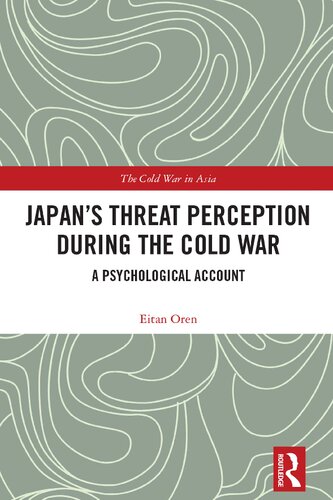

Most ebook files are in PDF format, so you can easily read them using various software such as Foxit Reader or directly on the Google Chrome browser.
Some ebook files are released by publishers in other formats such as .awz, .mobi, .epub, .fb2, etc. You may need to install specific software to read these formats on mobile/PC, such as Calibre.
Please read the tutorial at this link: https://ebookbell.com/faq
We offer FREE conversion to the popular formats you request; however, this may take some time. Therefore, right after payment, please email us, and we will try to provide the service as quickly as possible.
For some exceptional file formats or broken links (if any), please refrain from opening any disputes. Instead, email us first, and we will try to assist within a maximum of 6 hours.
EbookBell Team

4.4
72 reviewsOren re-examines Japan’s threat perception during the first two
decades of the Cold War, using a wide range of source materials,
including many unavailable in English, or only recently declassified.
There is a widely shared misconception that during the Cold War the
Japanese were largely shielded from threats due to the American military
protection, the regional balance of power, Japan’s geographical
insularity, and domestic aversion to militarism. Oren dispels this,
showing how security threats pervaded Japanese strategic thinking in
this period.
By dispelling this misconception, Oren enables us to more accurately
gauge the degree to which Japan’s threat perception has evolved during
and after the end of the Cold War and to enhance our understanding of
Tokyo’s strategic calculus in the current situation of rivalry between
China and the United States.
This book will be of great value to both scholars of Japanese history and contemporary international relations.